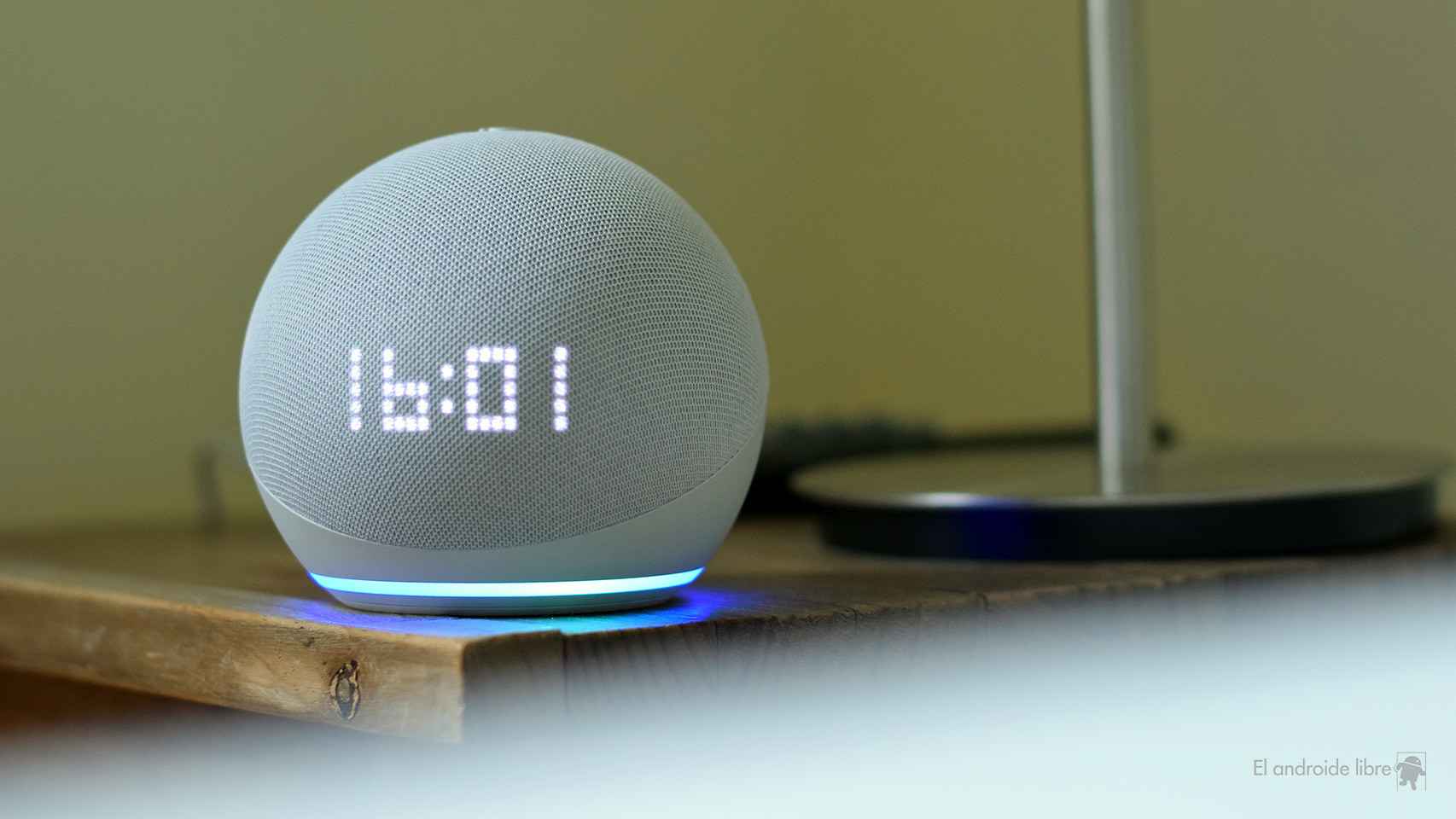Electricity bill is through the roof. Never before have we paid so much for the kWh consumed and it makes us rethink how often we use appliances in the house and when we should use them to have the least consumption.
After all, devices are constantly connected to the power grid, batteries get bigger, and chargers are able to deliver more energy in record time.
That said, we need to work on calculating what it actually costs to charge the battery of a new iPhone 14. The consumption of these devices is sometimes completely overestimated because they are almost always plugged in. Let’s see how much it costs us per day and per year.
How much does iPhone battery charging cost?
To find out what it costs to recharge the iPhone battery on a daily basis, just take as a reference the capacity of the device’s battery, which Apple specifies with two units: watt-hours (Wh) and milliamp-hours. (mAh).
Talking about Wh makes more sense for our end goal because if we were to focus on mAh we would also have to consider the number of voltages.
According to a Chinese government database, the iPhone 14 battery offers exactly 12.68 Wh, the iPhone 14 Plus and iPhone 14 Pro Max both store 16.68 Wh, and the iPhone 14 Pro approximately 12.38Wh.
For comparison, a Macbook Air typical with the M2 chip has a 52.6 Wh (4561 mAh) battery, with which the device can also extend its autonomy beyond 18 hours of use.
To get the cost of recharging, simply multiply the amount of watt-hours demanded by the device by the price of electricity. Next, we show the capacity of each battery according to the iPhone model:
- iPhone 14: 12.69Wh (0.016kWh)
- iPhone 14 Plus: 16.68Wh (0.016kWh)
- iPhone 14 Pro: 12.38Wh (0.012kWh)
- iPh one 14 Pro Max: 16.68Wh (0.016kWh)
Since it is difficult to calculate how much charge the iPhone has left in each charging process, we assume an extreme case to keep things simple. In this way, your iPhone battery will still be completely empty after a day of use and will be fully charged after the charging process.
In real life, you probably have your iPhone needs fewer charges per year, although it will depend on how you use it. If you charge your battery every other day, you will see that the total cost will be halved from the final value we show.
How often you charge your battery can be found in the “Battery” settings if needed. The 10-day overview shows you how many times the battery has been charged over the past few days.
Unfortunately, the batteries only achieve a moder ate efficiency of around 70%; almost 30% is lost, but must be paid. So if you want to fully charge an iPhone 14 battery (12.69 Wh), it actually consumes 16.48 Wh.
Our calculation for the first two models gives 16.68 x 1.3 equals 21.68 Wh. The duration of the billing process is not so relevant, it is only to calculate the costs over time.
For the calculations, the average value of the electricity supplied by Tarifaluzhora on a day like today, when we observe that the average value amounts to 30.29 euro cents per kWh and we extrapolate it to 365 days of the year.
We perform the calculations with this value, although you must also take into account that if you charge your mobile battery at night, these are usually time slots in which electricity has a lower price, so you will get a few cents cheaper .
Model |
Aptitude |
cost per day(1 load) |
cost per year |
|
iPhone 14 |
12.69Wh |
0.4 cents |
$1.82 |
|
iPhone 14 Plus |
16.68Wh |
0.6 cents |
2,39 $ |
|
iPhone 14 Pro |
12.38Wh |
0.4 cents |
$1.77 |
|
iPhone 14 Pro Max |
16.68Wh |
0.6 cents |
2,39 $ |
So the cost of charging your iPhone per year will be a little higher than what it might cost you now to have a single coffee in a restaurant or bar. The energy efficiency of smart phones and its low consumption is not the same as that of a computer or console like the PS5.
If you are one of those who charge the iPhone wirelessly, the cost will be very similar, although it is likely to increase slightly due to the moderate efficiency remaining at 60% while the remaining 40% is lost in transmission, energy which must also be paid.
Every component of the phone is designed to offer low power consumption, taking the opportunity to switch to power saving mode whenever needed.
For example, an iPhone’s CPU only runs at full speed for a few seconds for a given task, reducing its performance after the calculation. Now, with the screen always on, the consumption is a bit higher, but the processor cores are optimized.
In short, the consumption is negligible if we compare it to the rest of the household appliances, such as a radiator. The Delonghi TRRS1225 which you can buy on Amazon, has A+ energy efficiency, but consumes 2,500 Wh.
Assuming we turned it on for 10 hours a day, and at the price of electricity we used with the iPhone, the end cost of running it could be $7.5 a day, which is a real kWh devourer.
Typically, older, less efficient appliances are the biggest drain on the electric bill, like an old refrigerator or a sleek, high-amp floor lamp.
If you want to control what each of them consumes in your home, you can always resort to using a Electric meter which we talk about in this article.
Table of Contents










